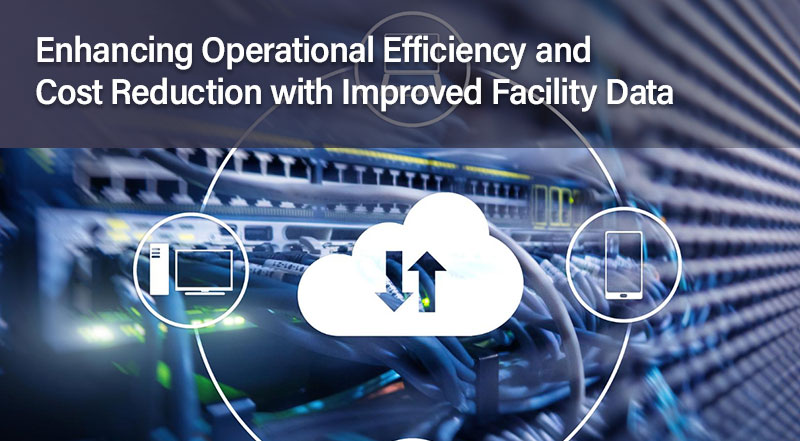Introduction:
In
the world of logistics and supply chain
management, data plays a crucial role in
driving operational efficiency and cost
reduction. A recent article on
FreightWaves highlights the significance
of utilizing accurate and comprehensive
facility data to optimize operations and
enhance cost savings. In this blog post,
we explore the benefits of leveraging
better facility data and how it can lead
to improved outcomes for businesses.
The Value of Accurate Facility
Data:
Accurate and up-to-date facility
data is essential for effective
decision-making within the logistics
industry. This data includes information
about warehouse capacities, layout,
equipment, and location-specific
details. By capturing and maintaining
this data, businesses gain valuable
insights that can drive process
improvements, streamline operations, and
reduce costs.
With reliable facility data at hand, businesses can optimize their operations in several ways:
- Layout and Inventory Management: Detailed facility data helps businesses design efficient warehouse layouts, reducing travel distances and improving order fulfillment times. Accurate data also enables better inventory management, ensuring optimal stock levels and minimizing storage costs.
- Equipment Utilization: Facility data provides insights into the usage and availability of equipment. By analyzing this data, businesses can identify underutilized or redundant equipment, allowing for smarter allocation and potentially reducing equipment costs.
- Route Optimization: Leveraging facility data, businesses can optimize transportation routes, considering factors such as proximity to suppliers, customers, and transportation hubs. This optimization leads to reduced mileage, lower fuel consumption, and improved delivery times.
Better facility data enables businesses to identify cost-saving opportunities and optimize resource allocation:
- Energy Efficiency: Facility data can help identify areas of energy inefficiency, enabling businesses to implement energy-saving measures, such as optimizing lighting, HVAC systems, and equipment usage. These improvements can lead to significant cost reductions over time.
- Labor Optimization: Accurate facility data aids in identifying bottlenecks and inefficiencies in labor utilization. By analyzing this data, businesses can adjust staffing levels, schedules, and workflows to improve productivity and reduce labor costs.
- Lease and Expansion Decisions: Comprehensive facility data supports informed decision-making when considering lease renewals or expansions. It enables businesses to evaluate the suitability of existing facilities or assess potential new locations based on cost, capacity, and operational requirements.
Conclusion:
Harnessing accurate and
comprehensive facility data is crucial
for optimizing operations and reducing
costs in the logistics and supply chain
industry. By leveraging this data,
businesses can enhance operational
efficiency, improve resource allocation,
and drive cost savings. The value of
better facility data extends to
optimizing layouts, managing inventory,
improving equipment utilization,
optimizing transportation routes, and
making informed decisions regarding
energy efficiency, labor utilization,
and facility expansions. As businesses
increasingly prioritize data-driven
decision-making, leveraging facility
data becomes a key strategy for
remaining competitive and achieving
operational excellence in a rapidly
evolving industry.





